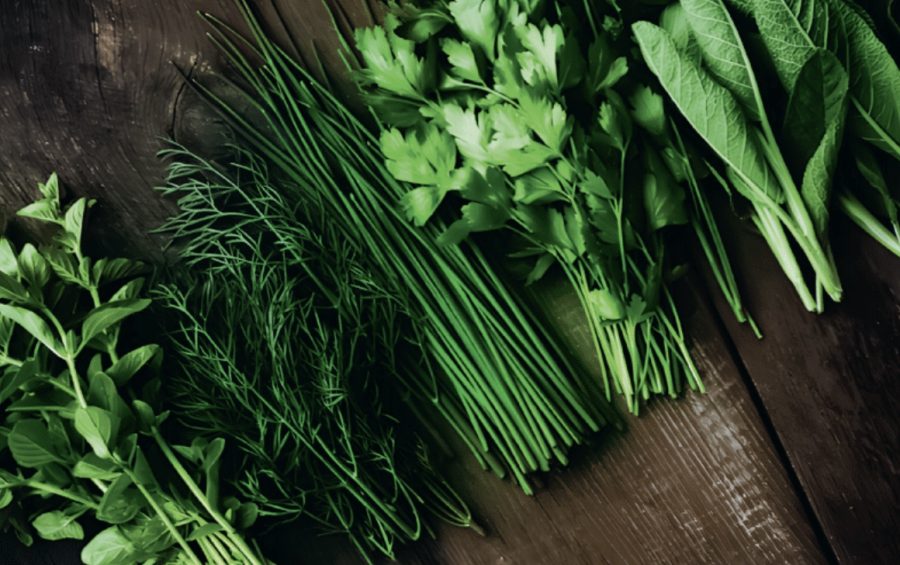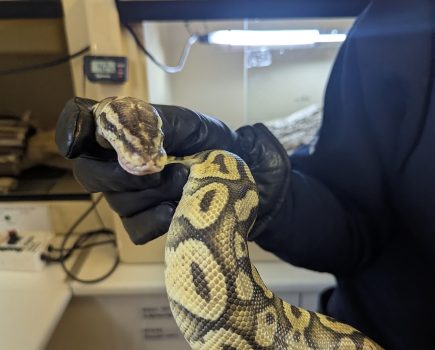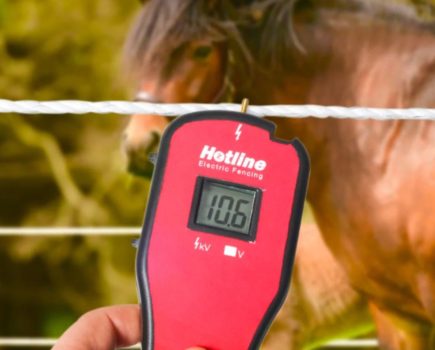Lydia Watson suggests growing some beautiful herbs for adding flavour to your dishes – as well as making your garden look pretty.
Stalwarts of the herb world are those which are evergreen and harvestable all year round: these include rosemary, sage, mint, marjoram, chives and bay. These herbs are frost-hardy and tolerant of UK winter temperatures. They won’t put on much growth over winter, and some may look a little sorry for themselves in the worst of the weather, but they will overwinter and may last for many years. Herbs that remain in the ground all year round prefer a sunny location that is well-drained and not waterlogged nor flooded. If you can, try and position your herbs in close proximity to your kitchen because you will be far more likely to cut and use them regularly if they’re accessible.
Pick little and often to keep the plant in good shape: this also stops the larger ones such as rosemary and bay from morphing into large woody shrubs. Keep the soil clear of weeds and ideally mulch it to help keep weeds away, retain moisture in the soil and reduce muddy splashes coating the lower leaves of the plants.
HERBS FOR SPRING AND SUMMER
Basil, parsley and borage are regular annual herbs in my garden every year. Because they’re not winter-hardy they won’t survive low temperatures so I grow them every spring once the weather has warmed up. I love making pesto with homegrown basil as not only does it taste so much better but it’s cheaper to make than buy. I grow both flat-leaved and curly parsley as they serve different purposes, and I do love thyme although I’ve had some trouble growing it because my garden isn’t quite sunny enough.
French tarragon is a lovely herb to grow and it’s delicious with chicken dishes. Borage is another good choice because it’s a fantastic plant for pollinators and it will be covered in bees all summer long if you don’t cut it.
TO SOW OR TO BUY?
Sowing from seed is an in expensive and straight-forward option if you have the space and time. I sow my herbs from seed either in small terracotta pots and then leave them in those pots all summer, or I sow them in seed trays and transplant them to their final homes at the end of May, when the risk of frost has passed for me in the south of the UK.
Decent quality seeds are available from a wide variety of sources such as online catalogues, garden centres and local supermarkets, and you can find seeds ranging from reliable everyday varieties to organic and speciality or heritage types. Don’t forget to sow successionally (sow a new crop every couple of weeks) so that you have fresh herbs all summer. This is important otherwise you could find yourself harvesting your entire crop of basil in one go to make pesto and then having no basil left for the rest of the summer!
This article extract was taken from the Spring Special 2025 edition of The Country Smallholder. To read the article in full, you can buy the issue here.








